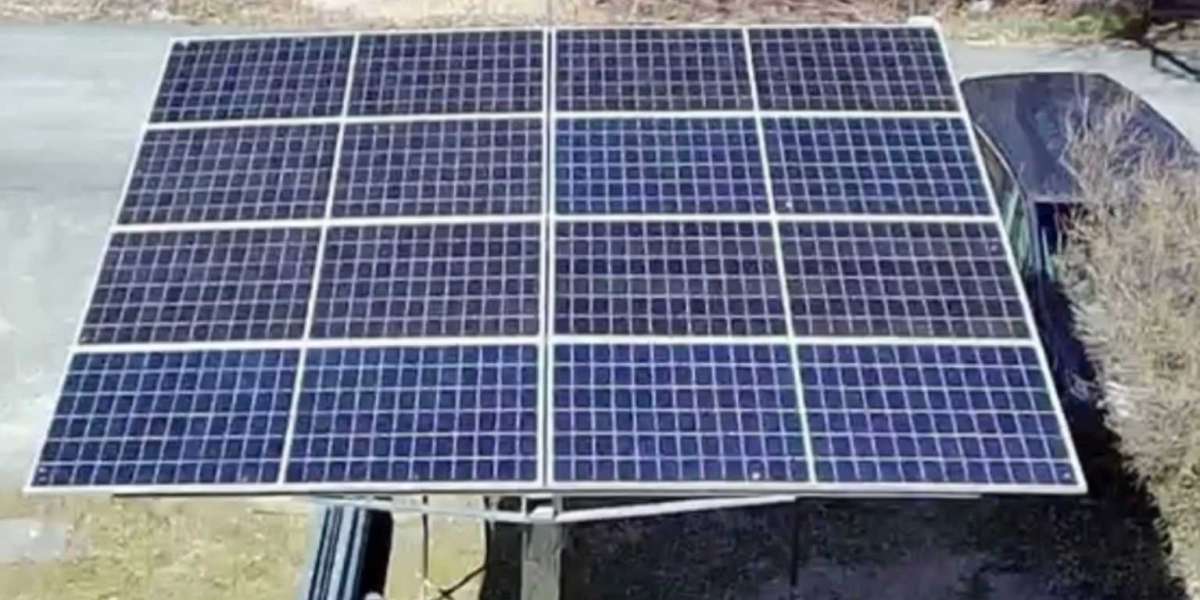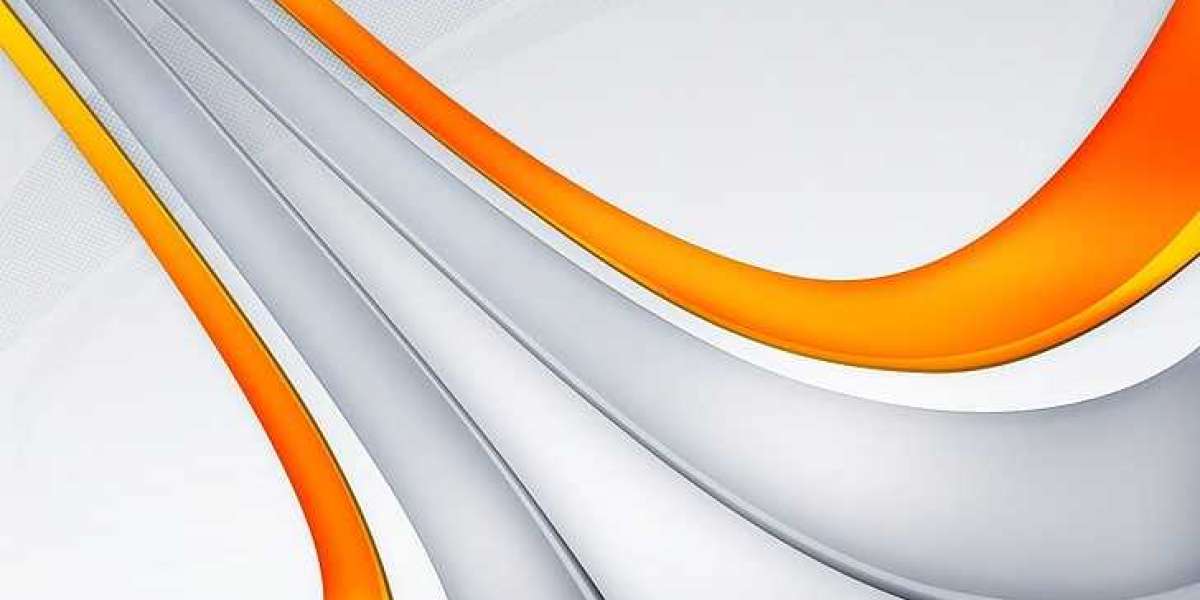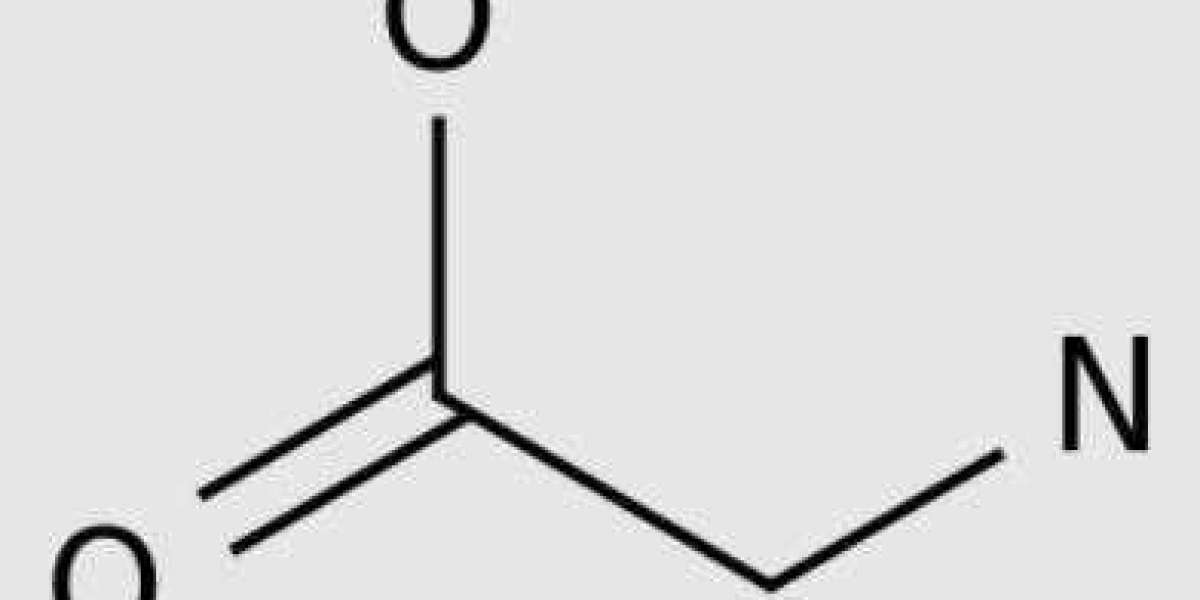Solar energy has become a popular choice for renewable energy sources due to its effectiveness and sustainability. One crucial component of solar energy systems is the solar tracker, which helps maximize energy production by following the sun's path throughout the day. Among the different types of solar trackers available, the dual-axis solar tracker stands out for its precision and efficiency. Let's dive into why dual-axis solar tracking matters and how it can significantly improve the performance of your solar energy system.
Understanding Dual Axis Solar Tracker
A Dual Axis Solar Tracker is a sophisticated system that moves solar panels in two directions - horizontally and vertically. Unlike single-axis solar trackers that only follow the sun's east-west movement, dual-axis trackers also adjust the panels' tilt angle to capture the maximum amount of sunlight throughout the day. This dynamic movement allows the panels to be perpendicular to the sun's rays at all times, significantly increasing energy harvest compared to fixed tilt or single-axis trackers.
Benefits of Dual Axis Solar Tracking
1. Increased Energy Production
One of the primary advantages of dual-axis solar tracking is its ability to increase energy production significantly. By precisely following the sun's path and adjusting both horizontal and vertical angles, dual-axis trackers can boost energy output by up to 45% compared to fixed-tilt systems. This increased efficiency translates to higher energy savings and a quicker return on investment for solar panel owners.
2. Enhanced Performance in Challenging Conditions
Dual-axis solar trackers are particularly beneficial in areas with variable weather conditions or shading issues. By continuously optimizing the panels' position, dual-axis trackers can mitigate the impact of shadows or cloud cover on energy production. This flexibility ensures consistent performance even in less than ideal conditions, making dual-axis tracking a reliable choice for maximizing solar energy generation.
3. Improved System Longevity
In addition to increasing energy production, dual-axis solar tracking can also extend the lifespan of solar panels and other system components. By reducing the stress on the panels and optimizing their performance, dual-axis trackers can help maintain the system's efficiency over time. This improved longevity not only enhances the overall return on investment but also contributes to a more sustainable and reliable solar energy system.
Conclusion
Dual-axis Solar Tracking offers a high level of precision and efficiency that can significantly impact the performance of solar energy systems. By continuously optimizing the panels' position to capture the maximum amount of sunlight, dual-axis trackers can increase energy production, improve performance in challenging conditions, and enhance system longevity. Investing in dual-axis solar tracking can provide solar panel owners with a reliable and efficient solution for maximizing energy generation and reaping the benefits of renewable energy sources.



